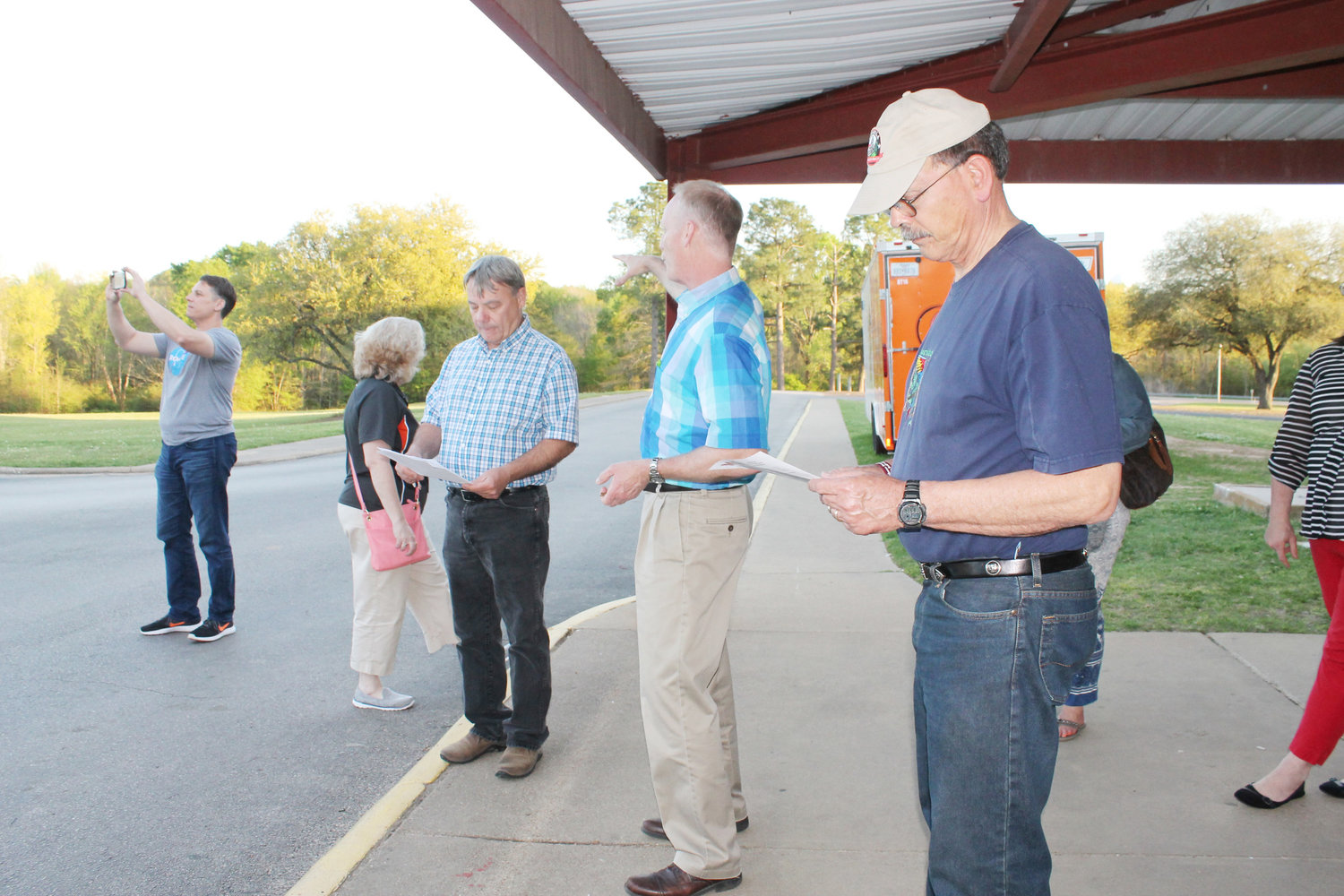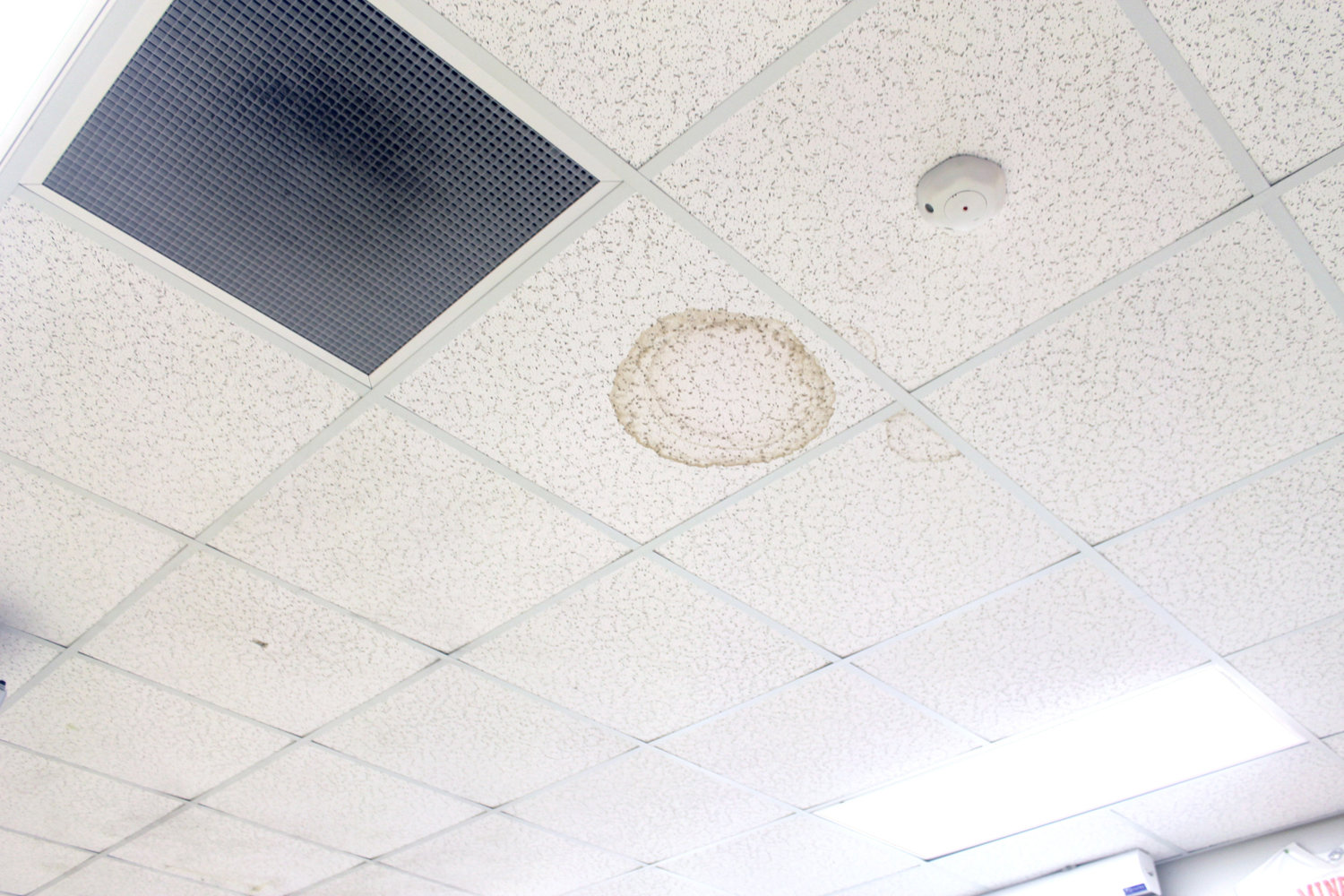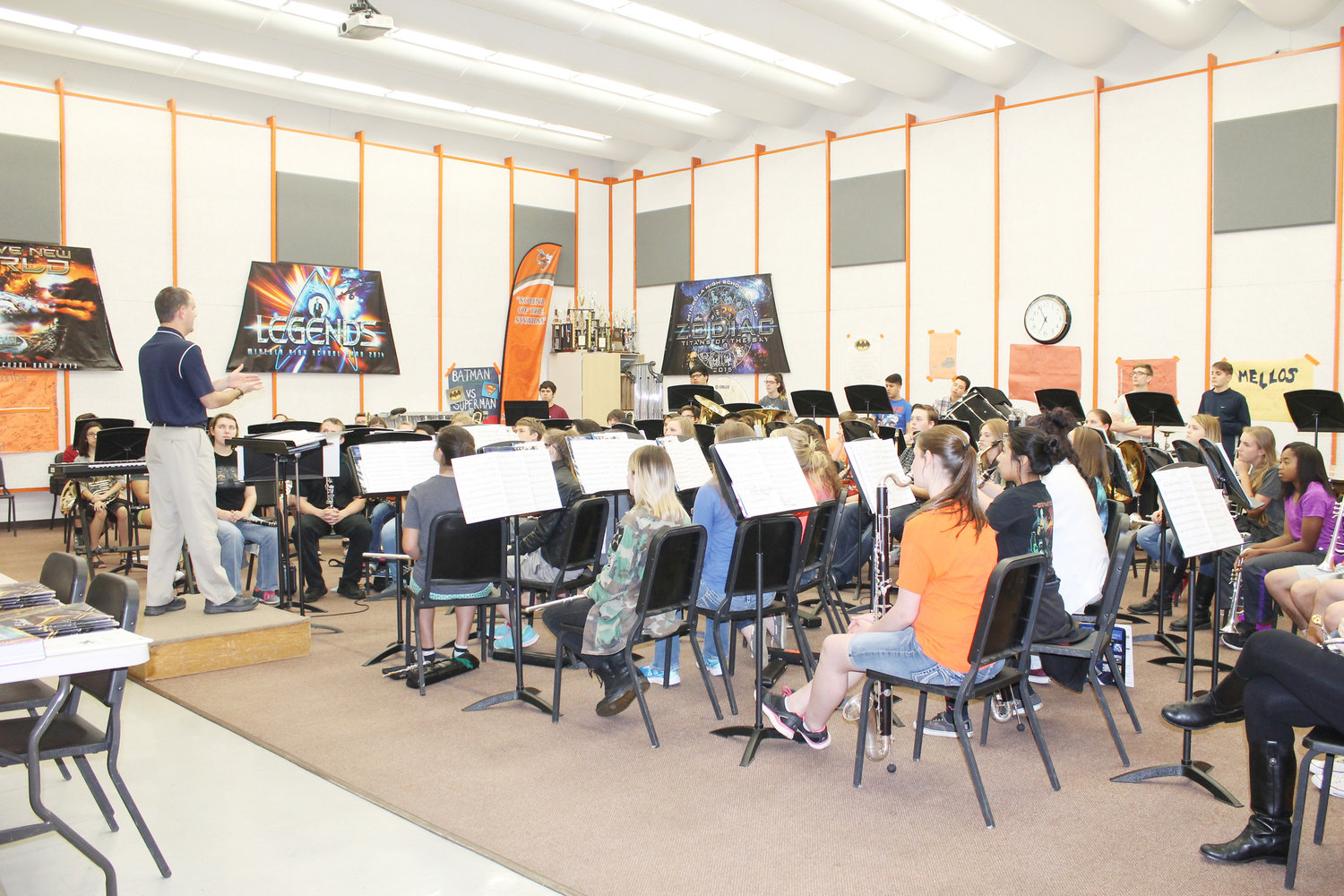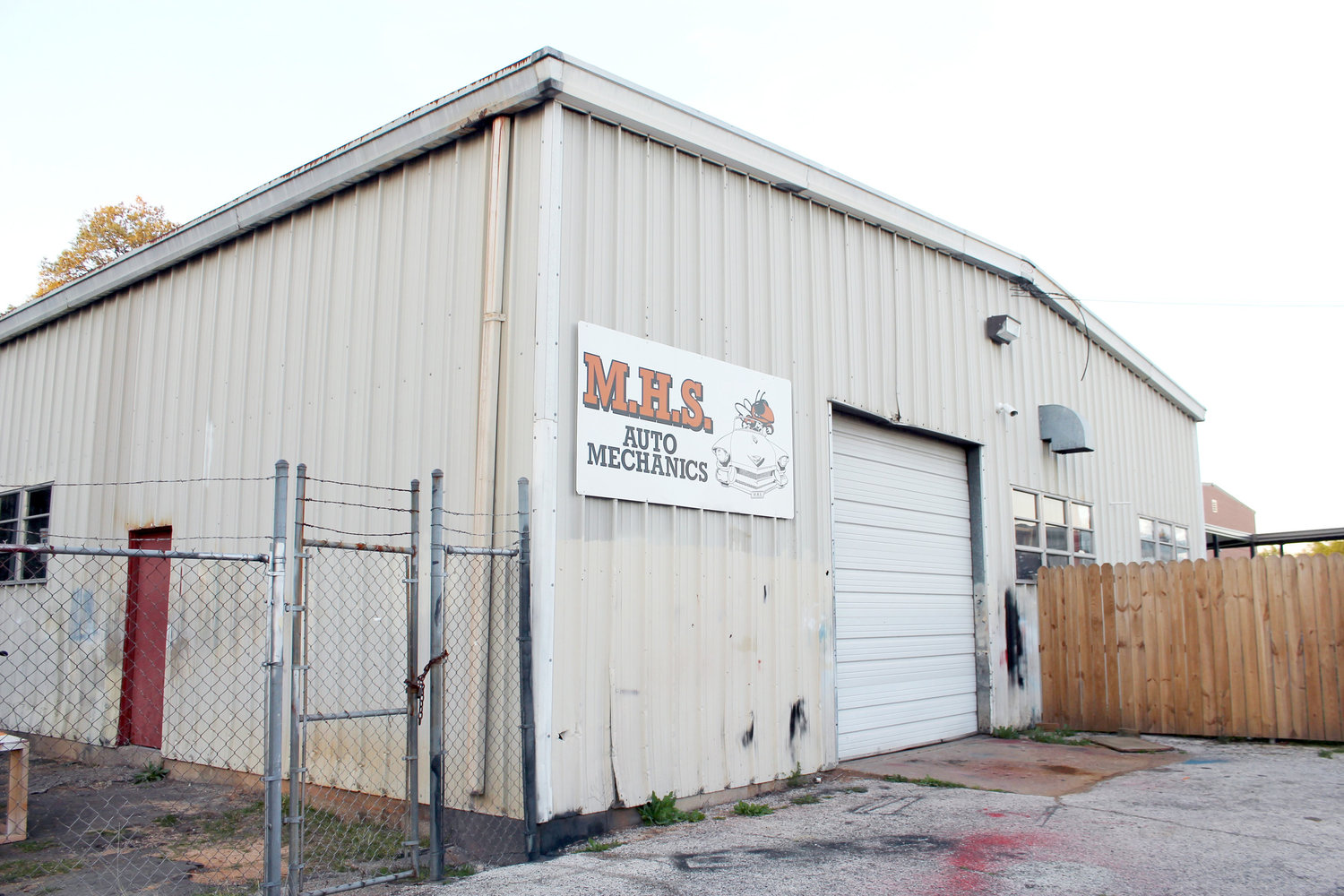Taking a Closer Look
Superintendent explains reasoning for amount of proposed bond
editor@woodcountymonitor.com
During the question-and-answer portion of last Tuesday’s Mineola High School tour in preparation of the upcoming bond election, a member of the general public asked about the amount of the proposed …
This item is available in full to subscribers.
Attention subscribers
To continue reading, you will need to either log in to your subscriber account, or purchase a new subscription.
If you are a current print subscriber, you can set up a free website account and connect your subscription to it by clicking here.
If you are a digital subscriber with an active, online-only subscription then you already have an account here. Just reset your password if you've not yet logged in to your account on this new site.
Otherwise, click here to view your options for subscribing.
Please log in to continueNeed an account?
|
Taking a Closer Look
Superintendent explains reasoning for amount of proposed bond




editor@woodcountymonitor.com
During the question-and-answer portion of last Tuesday’s Mineola High School tour in preparation of the upcoming bond election, a member of the general public asked about the amount of the proposed $41 million bond.
It was the second facilities tour and MHS Principal David Sauer had led two members of the general public, a member of the Strategic Planning Committee and a few school employees through the gym, drama and art rooms, cafeteria, portable buildings and other outlying buildings. A series of the meetings have been planned to allow the public a chance to get firsthand information and to see the school facilities in question. The next tours will be Mondays, April 3 and April 20 at 6:30 p.m. The tour begins from the high school gym lobby.
After the tour Superintendent Kim Tunnell presented the good things that have occurred in the district and a thorough overview of what led up to the calling of the election, and then she opened the session up to questions. The only questions came from the two members of the public who showed up at the meeting, Bill Fulton and Glen Thurman.
Tunnell had explained that the district’s financial advisors had figured many factors, including the number of 65 and over tax freeze properties in coming up with the $41 million amount. She said the financial advisors had planned that the resulting rate of $1.67 rate (50 cents for the bond) would be the highest rate the district would need and “the reality is it may not be $1.67.” It was asked how much contingency was built into the $41 million, but Tunnell said it isn’t known until the district gets into the design phase. “But right now about five percent contingency,” she said.
“And the election is 41 million or nothing,” Bill Fulton said half as a statement and half as a question. “There’s no in between vote.” Tunnell said no there wasn’t, and that was it, and explained the Strategic Planning Committee’s recommendation to the school board was that the facilities in the five phases of the plan are prioritized needs and are not going to change.
“And that 41 million today is not going to buy the same as 41 million two years from now. And so, with all things considered, the feeling was that this is the time to get what we can. The other thing that was considered was,” the superintendent said, “do you pass a lesser amount bond and then do you come back in five years to do another bond to do the next phase, and then the next phase. And the decision was that that’s more uncertainty and we were looking at if we were not going to get anything for the next 50 years approved where rates are now, and at these construction costs.”
During the session, Tunnell presented an in-depth Powerpoint program, saying the district has increased by about 47 students in the past two years but prior to that Mineola’s enrollment has been “pretty flat.” “Of course, there’s a lot of speculation with the new loop coming in and Sanderson Farms coming. There’s some potential for growth there.”
She said the district has four main campuses with the primary and middle school sharing a cafeteria and the elementary and high school also sharing a cafeteria. Cafeteria crews start serving lunch at both facilities at 10:15 a.m. because of the overlap of the students. “Our elementary (students) don’t need to be eating with high school students and our primary students don’t need to be eating with middle school.”
The district has 12 support buildings, which are separate structures or portable buildings used for classes. There are four maintenance workers who service the district’s 270 maintained acres and 16 buildings. “And, we’re the largest employer in Mineola. We have 220 employees in the district and we like to take good care of them.”
The superintendent said financially the district is in very good standing to the point it has gotten the highest rating, a superior, for the past 14 years. Because of that and the district’s financial status, the district has a triple A bond rating which means it can get a better line of credit and is more secure in its capacity to purchase and sell bonds.
Academically, she said, the state has two ratings, she noted. One is met standard and the other is improvement required. The district has never been an improvement required district and in addition, meeting standard, the district also earned distinctions last year. Both the high school and the middle school earned distinctions in performance in English and reading. The middle school earned distinction in science and top 25 percent student progress.
Tunnell gave an overview of the districts programs’many awards in the past two years. “Of course, I could have 12 or 13 slides of just lists of all the things our kids have accomplished,” the superintendent said.
“Athletics and fine arts are really very important but we have really worked hard over our career and technology programs… we’ve already started this year expanding those programs.”
Tunnell said the bond election process started over a year ago when the district’s Strategic Planning Committee decided upon a mission and strategies. Safe, secure facilities that support a learning environment were in the top five goals. “You think about that this was built in 1967 so we were preparing students for jobs in the 70s and 80s. The world was very different then.”
One of the recommendations was for a facilities audit. Previously the facilities had been analyzed in 2002, 2006 and 2014. A Facilities Committee was also formed to look at options and a long-range plan. “And the facilities audit that we did last fall fell right in line with everything that was said in those prior ones. The main thing that was said was that you’ve got to have a plan for facilities.”
She said the Facilities Committee spent two months going through tours on each of the four campuses. They used the audit and some financial analysis to study different options and spent a lot of time putting together the phases of the long-range plan. Then they made a prioritized list which was presented to the school board during their December meeting.
The district’s newest facilities are the primary and middle schools. Tunnell said according to the last audit the middle school is borderline as far as core facilities capacities, such as the gym, which aren’t large enough for the school’s needs. Then the high school and elementary are borderline, scored on a percentage rating. “You’ll see in four of the six areas that rating dropped from borderline to poor – as part of the audit.”
She said that the elementary school had a lower score and it dropped from the borderline into the poor area. She said the major issue with that campus was add-ons, which are distinctly different from the rest of the school, but that is coupled with the fact the flat roof has leaked for years. The ceiling tiles can become a hazard if they get wet and fall. “We’ve sealed and it’s just a constant battle at that elementary,” Tunnell said. One of the concerns is also the odor in the building. “It’s our worst facility.”
As far as the committee determining, critical needs were safety and security across the entire district, Tunnell said because of today’s world it is very critical that campuses have a single access point. “During the school day we want to control who enters and exits the school.” Sauer said on the tour that anybody can drive up and be in the high school parking lot and potentially in the many buildings of which students travel in and out.
A new high school was identified as a critical need. Tunnell said the group asked if building a new elementary would address the problems on all of the other campuses. “It really doesn’t, down the line. Because until you do something with your high school, that domino effect, you still have a high school problem. And so that’s why they prioritized the high school first.”
That creates the opportunity to move the high schoolers into their new facility, then the current high school building could be renovated for the middle school without the use of all of the outbuildings. She said the building has “great bones” to be a middle school facility. The current middle school gym is too small, she said, with few bleachers. The band hall ductwork leads to classrooms and science students hear every band practice.
She said when the career and technology and fine arts centers are added, there needs to be parking. The location of the current building would not be workable for that with a stream and a floodplain in that area. “The actual location wasn’t large enough for the career and technology and performing arts center they wanted linked to the high school.”
The transition of the current high school building to middle would be phase two, then phase three would be renovation of the middle and primary schools and moving the elementary over. “What that would do long-term for us is reduce overhead. Because then we’re maintaining three educational campuses instead of four. It also lessens the transitions that our kids would have.”
She said having a performing arts center was also something that was very important to the Facilities Committee. “We’re one of the very few districts in East Texas without any kind of auditorium at all,” she said noting that the career and technology was another critical aspect. It could be utilized by all schools, as well as the public. However, she said it would serve a different market than the civic center.
Tunnell mentioned the 121 acres the district owns on Loop 564, saying she would love to see it sold to, at least partially, provide a place for housing for middle income families of the district’s students.
A separate road from the loop to Patten would help alleviate a traffic problem on the loop. In phase four the elementary school would come down as the road would go through that area.
Tunnell said that the renovation of the high school for the middle school would be done with the district’s fund balance because the district has money in the fund balance that could finance that. Phase five would be the expansion of the performing arts center and career and technology center. She said there is some concern that an 800-seat performing arts center isn’t large enough.
She said the board interviewed three architectural firms and chose a firm they felt had the best qualifications and history in building structures like the district is looking at and also provides support. She said the same firm developed the Royce City phased-in plan; the ability to expand is important because the district needs to plan for 25 to 50 years.
She said the way Texas funds capital improvements is through bond elections. Districts have to have voter approval before they can sell bonds to raise money for the capital improvements. “It’s similar to a mortgage,” she said. “The money that we receive from the state is supposed to be used for maintenance and operations. And so that money, if you set that aside, especially if you’ve got over 80 percent going into personnel, it’s hard to save up money and it’s not intended for us to do that. We’re supposed to use that money to educate our students we have during that year.”
She noted that in the last two months there has been an increase in interest rates and the district knows that is a possibility that will continue. “This is the historical low,” she said. The interest rates affect how much the district can get for their dollars.
“One of the biggest misunderstandings is that - $41 million is not just for the high school. Most times when you see construction costs in new high school buildings going in, it’s not including career and technology and it doesn’t include the performing arts center. So the way we have it set up is our core high school, and these are estimates…., with the band hall, gym, all those pieces of the normal core high school would be $27 million, $5 million initially for the career and technology. We already know, because we are trying to expand programs, that we’ll want to expand that. The performing arts center is one of the more expensive things to build and then the partial road construction in phase one is $700,000. Of course, we’re going to look for grants and partnerships, from the city maybe, to help with that.”
Tunnell said in the past several years the district has spent 19 percent of its maintenance and operations budget in upkeep and facility repair. And the district’s maintenance people have between 15 and 20 calls a day to go and fix things that aren’t operating properly.
Fulton asked how much that percentage is expected to go down if the bond passes. Tunnell said to start with the district would have new more efficient facilities. She said “You want to keep your repairs and upkeep somewhere around 10 percent of your operating budget because every dollar we take out of maintenance and operation is…” money not spent on education. For instance, she said the primary school doesn’t have an art class. To add an art teacher, the salary has to come from somewhere.
She gave as an example of the problems, the middle school air conditioning that has been “kind of patched it along. Now they no longer make parts for it. So to have a custom-made part to keep it moving was going to be over $10,000. A new unit is $20,000. That how we make decisions all the time.” The district opted to go with the new unit. “Every decision we make, it’s kind of like an old car, you’re just pumping money in and the value added may or may not be there.”
Tunnell continued that the district hasn’t had any debt since 2002. She said on one hand that’s good, but “when districts have I&S (interest and sinking) debt they qualify for additional state funds.” For the 10th year the MISD tax rate has been the same at $1.17. The bond would add 50 cents to that rate.
The question was asked what percentage of homes in the district are covered by the over age 65 tax freeze. Tunnell said she didn’t know the percentage, but that the financial advisors took that into consideration when they figured the bond amount and that the people who are under 65 wouldn’t be paying an undue tax burden because of that. If the district gets new business, such as Sanderson Farms, that will affect the tax rate. She noted that for someone 65 or older who has nine pieces of property, the one that is homesteaded is the only one the freeze applies to but for most folks in that age bracket “that is not a factor but it could be for some.”
The board will reanalyze the bonds every year, she said and will look for opportunities to save on those. Early voting starts April 24 in the Administration Building from 8 a.m. to 8 p.m. and Election Day is May 6.
After her presentation Tunnell answered several questions, in addition to the one about the bond amount. Thurman asked if the economic impact of the bond on the community with the extra tax burden had been studied. Tunnell said a formal one which someone had been paid to do has not been done but there was an awareness, “Just in knowing that it was going to be an adjustment for people who own property because that’s going to be passed on to renters, so we recognize that there is an impact there on the rental prices because homeowners who have rental properties will pass those costs on to others. We know that it’s an economic impact on businesses as well.”
Thurman asked how many years it would take to pay the debt off. Tunnell said it would not exceed 30 years and that was all variable depending on refinancing, the market and the local economy. Thurman asked if the bond passes, when the new tax rate would go into effect. It would be for the 2017 taxes.









